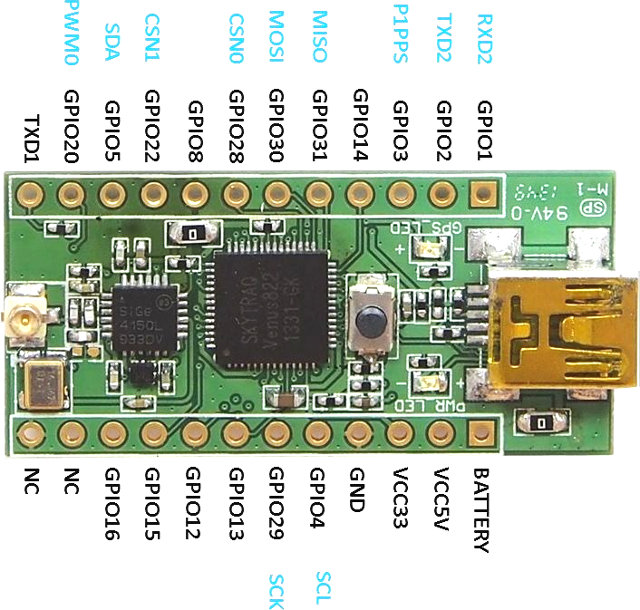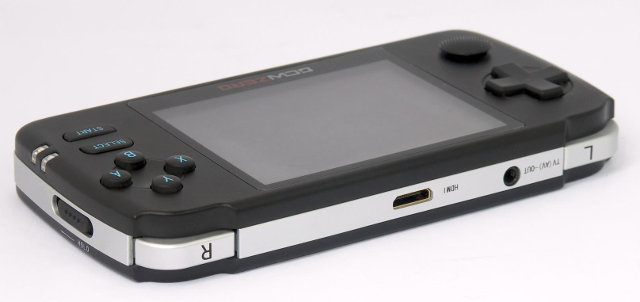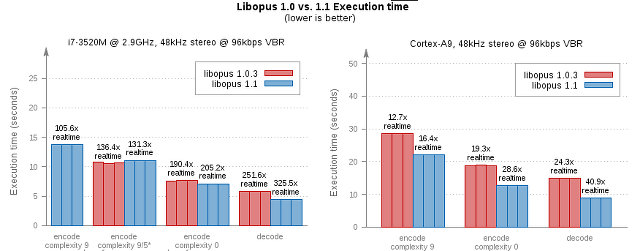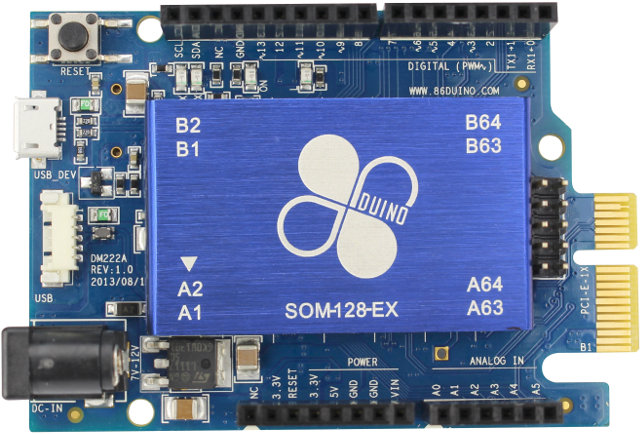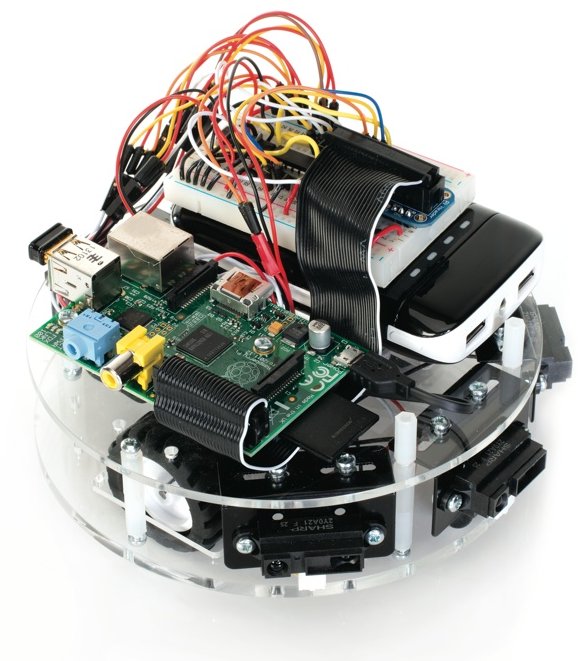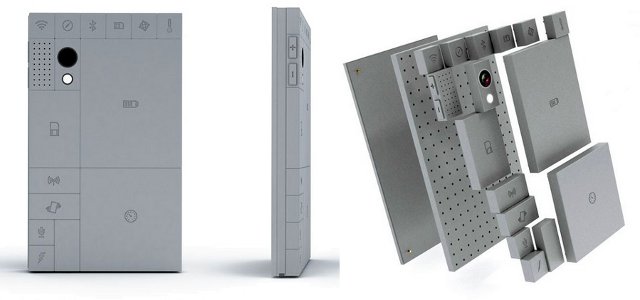[Update: I’ve been told the project is actually launched by SkyTraq. But later, after Indiegogo perks are shipped, they expect to have our customer NAVIN handle later orders and manufacturing, the non-engineering development side of things. Updated post accordingly] Navin, a Taiwanese start-up specialized in location products, SkyTraq, a fabless semiconductor company, which develops GPS chipset for consumer navigation and tracking applications, has recently launched an Indiegogo campaign for NavSpark, their low cost GPS / GNSS board with a 32-bit LEON3 SPARC V8 MCU that can be programmed with the Arduino IDE. Two other models are available: NavSpark-BD for GPS/Beidou, and NavSpark-GL for GPS/GLONASS. NavSpark NavSpark specifications: GSP Receiver – SkyTraq Venus 822 LEON3 Sparc-V8 MCU @ 100MHz with IEEE-754 Compliant FPU, 1024KB Flash Memory, 212KB RAM. GPS – quad-GNSS engine capable of handling 34 GPS / GLONASS/ Beidou / Galileo signals in parallel I/Os – 1x full duplex asynchronous […]
GCW Zero Handheld Console Runs 3D Games via Open Source Vivante GPU Drivers (Etnaviv)
GCW Zero is an open source handheld gaming console featuring Ingenic JZ4770 MIPS processor with Vivante GC860 GPU, 512MB RAM, 16GB internal storage, and a 3.5″ LCD with 320×240 pixels. The device runs Linux (OpenDingux) , and retro games and emulators. GCW Zero had a successful kickstarter campaign, and is now available in a few shops such as ThinkGeek (US), DragonBox (EU) for $150 / 125 Euros. Today, I’m writing about this console, not because of amazing specs, nor price, but because it could be the first device with an embedded SoC that retails with an open source GPU driver. In September of this year, GCW Zero received a firmware update with Etnaviv GPU driver for Vivante GC860 adding support for 3D games via OpenGL ES support. The video below shows Quake 3 Arena running on the game console with the Etnaviv drivers. Lots of OpenGL ES1 and 2 features […]
Opus Open Source and License-free Audio Codec Decreases Latency over VoIP Codecs, (Slightly) Betters MP3 and AAC Quality
I’ve just stumbled upon Opus, a relatively new audio codec, with the release of version 1.1 implementation which improves encoding quality for VBR audio, automatically detect audio or speech to select the best encoding mode, and improved 5.1 surround quality/compression ratio. The new release also bring speed improvements for all architectures, and specifically for ARM, where decoding uses around 40% less CPU and encoding uses around 30% less CPU thanks to the use of NEON compared to an earlier version. You can go to the online demo page to find more about the latest released, and try some of the latest improvements. This all looks fun, but I wanted to know more about Opus, and especially how it compares against MP3 or AAC. It turns out Opus was not originally designed to compete against MP3/AAC which are used to store audio, but instead it was meant to be used for […]
$39 86Duino ZERO is an x86 Arduino Compatible Board that Supports DOS, Windows, and Linux
Intel Gallileo Development Board with a Intel Quark processor, and Arduino software and hardware, now gets some competition with DM&P Electronics’ 86Duino ZERO board powered by the company’s Vortex86EX processor and 128MB RAM, that is said to support DOS, Windows, and Linux. 86Duino ZERO Specifications: Processor – DM&P Vortex86EX 32-bit x86 processor @ 300MHz System Memory – 128MB DDR3 Storage – 8MB SPI flash, and microSD card slot Connectivity – 10/100M Ethernet (at the back of the board, not RJ45) USB – USB host connector, micro USB port for development Arduino Leonardo compatible headers Misc – Reset button, PCIE bus Power Supply – DC-IN 7 to 12V, or via microUSB port. The board is comprised of a daughter board (DM-222) and a System-on-Module (SoM) either called DM-205 and or Vortex86EX SOM-128-EX which the following specs (some of which are not accessible in 86Duino Zero): Processor – Vortex86EX @ 300MHz System […]
XBMC on ARM News: Updated XBMC Image for i.MX6 Boards, Geniatech Releases XBMC for Android Source Code
Stephan Rafin has recently released a new XBMC image for Freescale i.MX6 based Wandboard development boards (dual and quad only) and Utilite computers. The images have been built with Yocto 1.5 (Dora) released last month, and are based on XBMC Gotham Alpha 9, the latest alpha before feature freezes. That means this is not a stable image just yet, but features won’t change, and this version of XBMC is now going though bug fixes. Stephan’s XBMC image includes the following: iMX6 hw accelerated decoding (VPU) for most standard formats iMX CEC support (for utilite only as wandboards are not properly wired) WIFI configuration thanks to network manager addon Support for HDMI/SPDIF/Analog sound outputs (including pass-through for HDMI and SPDIF) SMB/NFS/uPNP network shares and other standard XBMC features Bug fixes against previous version – No more transient black screens, trick modes (ffwd, frwd, ..) are now working, and smoother video playback. […]
Frindo Open Source Robotics Platform for Arduino and Raspberry Pi Boards
Frindo is both a community and an open source robotics platform designed to work with Arduino, Raspberry Pi, and possibly other micro-controller boards. The platform is said to have been designed as an educational platform so that beginners can start with a simple robot, and build a more complex robot as their skills grow. There are currently three Frindo kits available from RobotBits.co.uk: Frindo chassis only kit for £64.95 (~$104) – Chassis plates, motors, wheels, wheel brackets, Arduino & Pi mounting kit & all hardware. Frindo Arduino kit for £110.95 (~$178) – Chassis only kit + Arduino, RobotShield, battery clip, power cable & USB cable Frindo Arduino kit plus sensors for £159.9 (~$257) – Arduino kit + 3x each: GP2Y0A21 analog distance sensors, bracket, cable & fixings The RobotShield is an Arduino shield optimized for mobile robotics applications with the following features: Dual bi-directional motor driver circuit (2 Amp Peak, […]
Motorola’s Project Ara Open Source Hardware Plaform for Modular Smartphones
A few months ago, I posted a video about “The Smarter Phone“, a concept smartphone that was supposed to be serviceable and upgradeable just like PCs used to be, in order to reduce e-waste among other things. Based on comments here and on Reddit, most people did not really believe the concept was feasible, practical or cost effective, myself included. Fast forward to September, a video about another concept modular smartphone called Phonebloks went viral with over 17 million views. The overall idea is basically the same, but this time there seems to be at least a mockup. Phonebloks features a base where you can attach blocks such as the display, a wifi module, processor module, bluetooth module and so on. It turns out Motorola’s Advanced Technology and Projects group has been working on something similar for a year with Project Ara, and they recently partnered with Phonebloks’ guys, since […]
Preliminary Reverse-Engineered VPU Driver (CedarX) for AllWinner A10 Plays H.264 Videos
Allwinner framework for their Video Processing Unit (VPU) in their Cortex A8 processors (A10, A13, etc..) is called CedarX. It relies on a binary blob that is working just fine for Android, but not so well for Linux. So several developers started to reverse-engineer CedarX a while back, to fix issues with Linux, and provide an open source driver. Yesterday, they upload a video to show the development progress, and show Big Buck Bunny 1080p H.264 playback using libvdpau-sunxi open source driver with mplayer, and without any binary blobs. The video resize function are not been implemented yet, which is why we can only see the left corner of video, but nevertheless it shows an open source hardware video decoder is on the way. That means once the Lima driver for Mali-400 GPU, and libvdpau-sunxi driver for AllWinner VPU are implemented (which may still take a while), AllWinner A10 SoC […]


